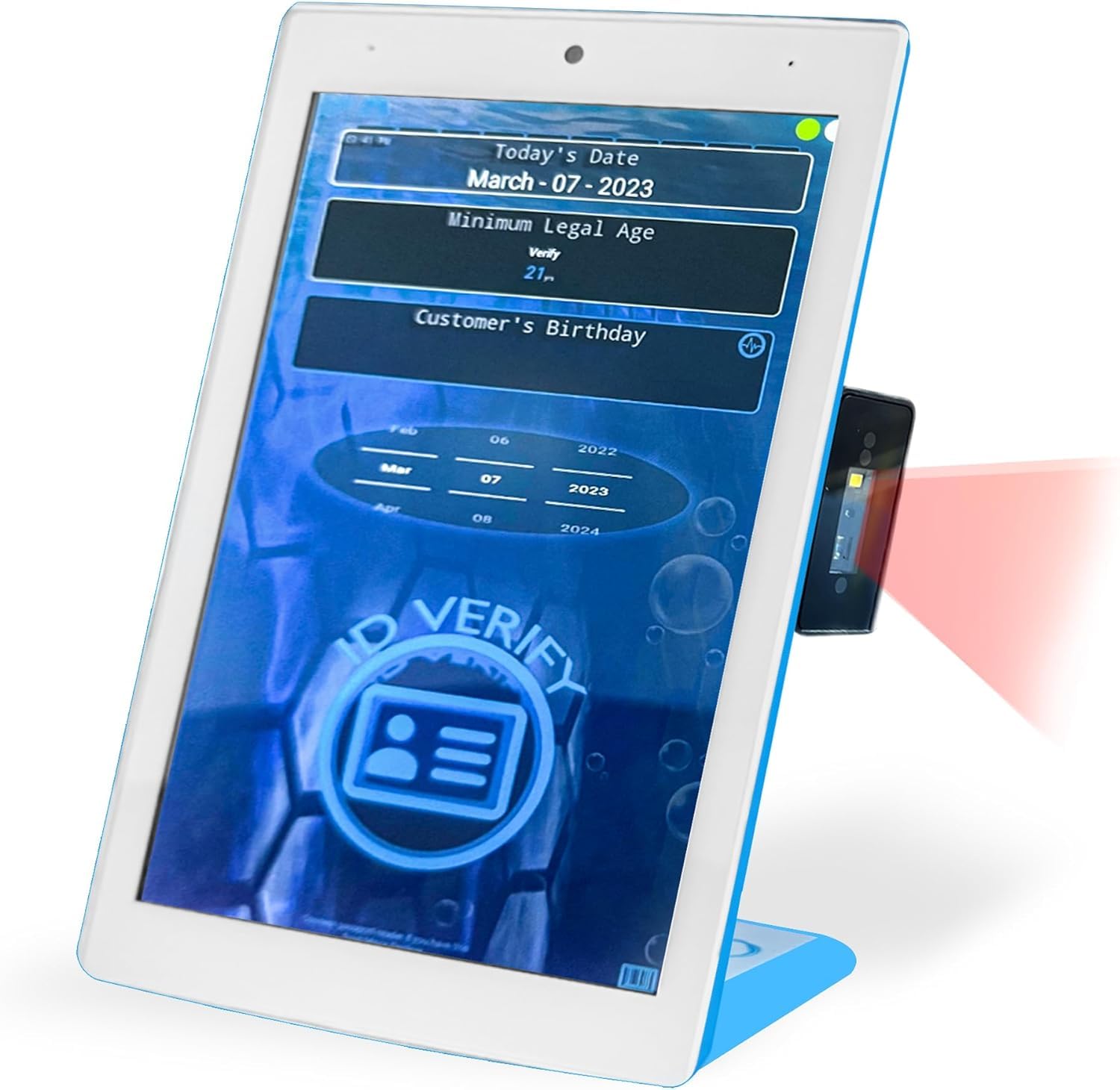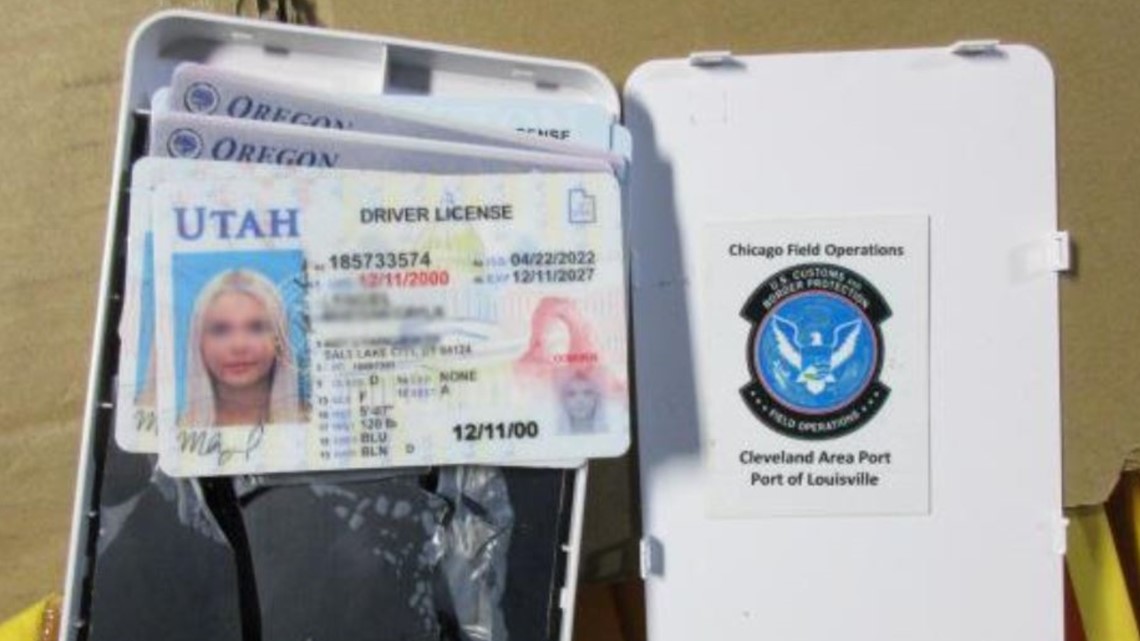Fake Ids Not Scanning 2022
2024-03-27 2024-03-27 15:35Fake Ids Not Scanning 2022

Fake Ids Not Scanning 2022
Hawaii Fake Driver License
Mali Fake Id
Fake IDs have long been a hot topic of discussion, especially among young people looking to enter bars or clubs underage. With the advancement of technology, fake IDs are becoming more sophisticated, making it harder for establishments to detect them. One key method that establishments use to verify the authenticity of an ID is scanning it. However, with the rise of fake IDs that are not scanning in 2022, this verification method may not be as foolproof as it once was.
The proliferation of fake IDs that do not scan in 2022 can be attributed to several factors. One major factor is the availability of high-quality printing technology that allows for the creation of incredibly realistic-looking IDs. In the past, fake IDs were often easy to spot due to poor printing quality or obvious signs of alteration. However, with the advent of advanced printers and software, fake IDs can now closely resemble the real thing, making them much harder to detect.
Another factor contributing to the rise of fake IDs that do not scan is the accessibility of fake ID templates online. With just a few clicks, anyone can access templates that closely mimic real IDs from all 50 states. These templates can then be used to create counterfeit IDs that may pass visual inspection but fail to scan properly.
Furthermore, the increasing sophistication of fake ID vendors has made it easier for individuals to obtain high-quality fake IDs that do not scan. These vendors often use advanced techniques to replicate the security features found on authentic IDs, such as holograms, UV printing, and microprinting. As a result, even trained bouncers and bartenders may have difficulty distinguishing between a real ID and a fake one that does not scan.
The impact of fake IDs that do not scan extends beyond just underage individuals trying to gain entry to bars or clubs. These IDs can also be used for more nefarious purposes, such as identity theft or fraud. For example, someone using a fake ID that does not scan could potentially open a bank account or apply for credit in someone else’s name, leading to serious consequences for the victim.
To combat the rise of fake IDs that do not scan, establishments must invest in advanced ID verification technology. While scanning IDs is a common practice, it is not foolproof, as fake IDs can sometimes pass through undetected. One potential solution is to use ID verification software that can access comprehensive databases to verify the authenticity of an ID. By cross-referencing the information on the ID with official government records, establishments can more effectively detect fake IDs that do not scan.
Additionally, training staff to spot the signs of a fake ID, even if it does not scan, is crucial in preventing underage individuals from gaining entry. Educating employees on the security features of legitimate IDs and providing them with the tools to inspect IDs closely can help reduce the likelihood of fake IDs slipping through the cracks.
In conclusion, the prevalence of fake IDs that do not scan in 2022 poses a significant challenge for establishments tasked with verifying the authenticity of IDs. With advances in printing technology and the accessibility of fake ID templates online, spotting a fake ID has become increasingly difficult. To address this issue, establishments must invest in advanced ID verification technology and provide staff with the training and resources needed to detect fake IDs effectively. By taking proactive measures, establishments can better protect themselves and their patrons from the potential risks associated with fake IDs that do not scan.
















